# Golden Gate Bridge Facts: Complete Kids Learning Guide
The Golden Gate Bridge stands as one of the most amazing structures in the world! This incredible orange bridge stretches across the water in San Francisco, California, connecting the city to Marin County. For kids who love learning about engineering marvels and American landmarks, the Golden Gate Bridge offers fascinating stories and surprising facts that will amaze you.
## Understanding the Basics
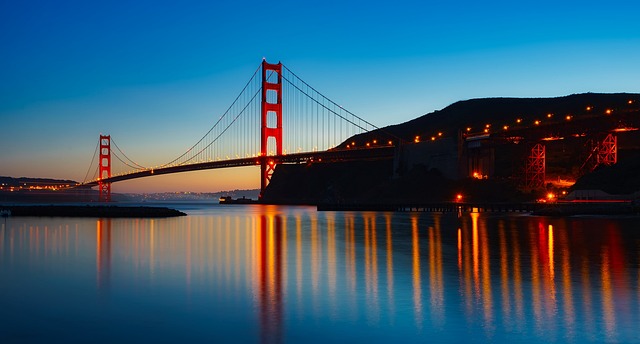
The Golden Gate Bridge is not actually golden – it’s painted in a special color called International Orange! This massive suspension bridge opened on May 27, 1937, after four years of construction. The bridge spans 1.7 miles (2.7 kilometers) across the Golden Gate strait, which is where the San Francisco Bay meets the Pacific Ocean.
The bridge towers rise 746 feet above the water – that’s taller than a 70-story building! The main cables that hold up the bridge are incredibly thick – about 3 feet in diameter. Each cable contains 27,572 individual wires, and if you laid all these wires end to end, they would circle the Earth three times!
The Golden Gate Bridge was designed by Joseph Strauss, though many other engineers helped make it possible. When it was built, many people said it couldn’t be done because of the strong ocean currents, deep water, frequent fog, and powerful winds. But the brave workers and smart engineers proved them wrong! The bridge can safely sway up to 27 feet side to side in strong winds, which helps it stay strong during storms.
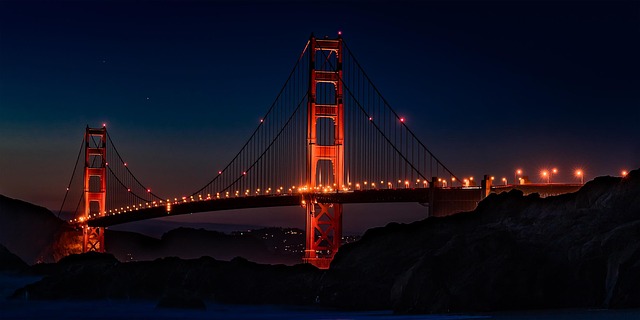
Every day, about 112,000 vehicles cross the bridge. That’s millions of cars, trucks, and buses every year! The bridge also has sidewalks where people can walk or bike across while enjoying spectacular views of San Francisco Bay, Alcatraz Island, and the Pacific Ocean.
## Key Methods
### Step 1: How the Bridge Was Built
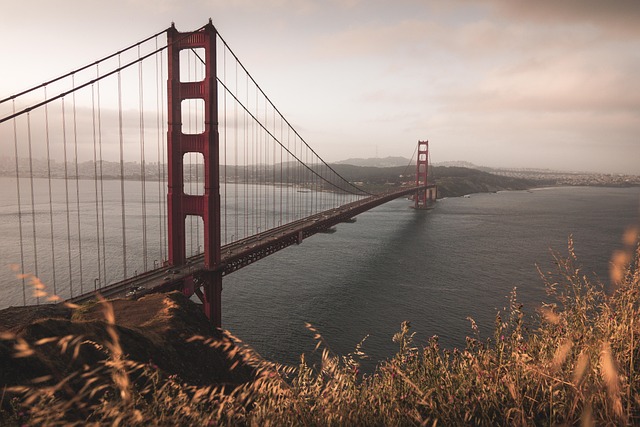
Building the Golden Gate Bridge required incredible planning and bravery. First, workers had to build the massive towers that would hold the cables. The south tower sits on land, but the north tower had to be built in the open ocean! Workers created a giant oval-shaped wall called a cofferdam, pumped out all the water, and built the tower’s foundation on the ocean floor.
The construction crews faced dangerous conditions every day. They worked high above the water in strong winds and thick fog. To keep workers safe, the chief engineer insisted on using a safety net under the bridge. This net saved 19 lives during construction! The workers who fell into the net but survived called themselves the “Halfway to Hell Club.”
### Step 2: The Cable System
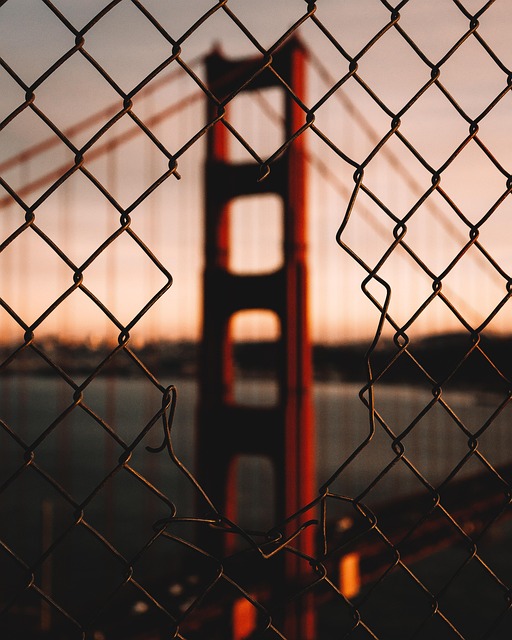
The cables are the most important part of a suspension bridge. For the Golden Gate Bridge, workers had to spin the massive cables in place, high above the water. A special wheel traveled back and forth across the bridge 27,572 times, laying down one wire at a time. This process took six months for each cable!
The cables are anchored in huge concrete blocks on each shore. These anchor blocks weigh 60,000 tons each – that’s as heavy as 300 blue whales! The cables hold up the roadway using smaller vertical cables called suspender ropes. This design allows the bridge to be both strong and flexible, which is perfect for an earthquake-prone area like San Francisco.
### Step 3: Maintenance and Protection
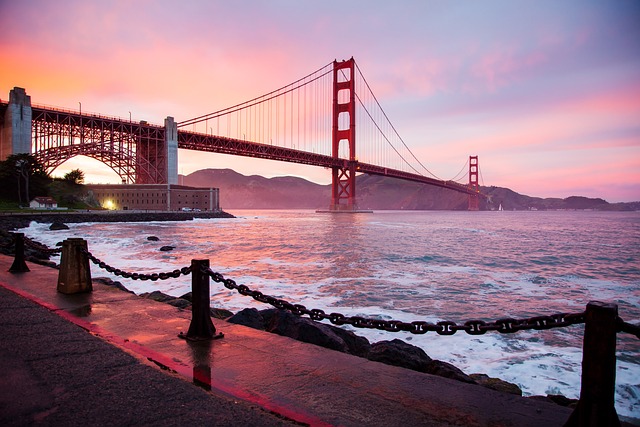
Keeping the Golden Gate Bridge safe and beautiful requires constant work. A team of painters works year-round to protect the bridge from rust caused by the salty ocean air. They don’t paint the entire bridge at once – instead, they continuously touch up areas that need attention. The bridge uses about 5,000 gallons of paint each year!
The bridge also has a team of ironworkers who check every bolt, cable, and beam regularly. They use special equipment to look for any signs of wear or damage. Modern technology helps too – sensors throughout the bridge monitor wind speed, traffic weight, and even small movements caused by earthquakes.
## Practical Tips
**Visiting the Bridge**: The best times to visit are early morning or late afternoon when the fog often clears. The Vista Point on the north side offers amazing photo opportunities. Remember to bring a jacket – it’s always windy and often cold on the bridge, even on sunny days! Many visitors don’t realize you can walk or bike across the bridge for free. The pedestrian walkway is open during daylight hours and offers incredible views you can’t get from a car.
**Learning More**: The Golden Gate Bridge Welcome Center has free exhibits about the bridge’s history and construction. You can see original blueprints, photographs of the construction, and even pieces of the original cable! There are also junior ranger programs where kids can earn special badges by completing activities about the bridge.
**Fun Photography**: The bridge looks different throughout the day as the light changes. Morning fog creates mysterious photos, while sunset makes the International Orange color glow brilliantly. Try taking photos from different locations like Crissy Field, Battery Spencer, or Lands End for unique perspectives.
**Safety First**: If you walk or bike across, stay in designated areas and hold onto your hat – the wind can be very strong! Never climb on the rails or throw anything off the bridge. If you’re afraid of heights, know that the bridge is very safe, and the sidewalk barriers are high and secure.
**Bridge Trivia Game**: Test your friends with Golden Gate Bridge facts! For example, did you know the bridge has been declared one of the Wonders of the Modern World? Or that the U.S. Navy originally wanted it painted with yellow and black stripes for visibility? These fun facts make great conversation starters.
## Important Considerations
When learning about the Golden Gate Bridge, it’s important to understand both its triumph and its challenges. The bridge construction was dangerous work – 11 workers lost their lives during the project, though this was considered a low number for such a massive construction project in the 1930s. Today, the bridge has safety measures including emergency phones and trained personnel who help people in distress.
The bridge faces natural challenges too. It sits near the San Andreas Fault, so it must withstand earthquakes. Engineers have continuously upgraded the bridge to make it safer, including a recent seismic retrofit project that added strength without changing its appearance. The salt air constantly tries to rust the steel, which is why maintenance never stops. Climate change and rising sea levels are new challenges that engineers are planning for to ensure the bridge remains safe for future generations.
## Conclusion
The Golden Gate Bridge represents human determination, engineering brilliance, and artistic beauty all in one magnificent structure. For kids learning about this landmark, it shows how math, science, and creativity can work together to create something that seems impossible. The bridge connects more than just two pieces of land – it connects people to dreams of what we can achieve when we work together.